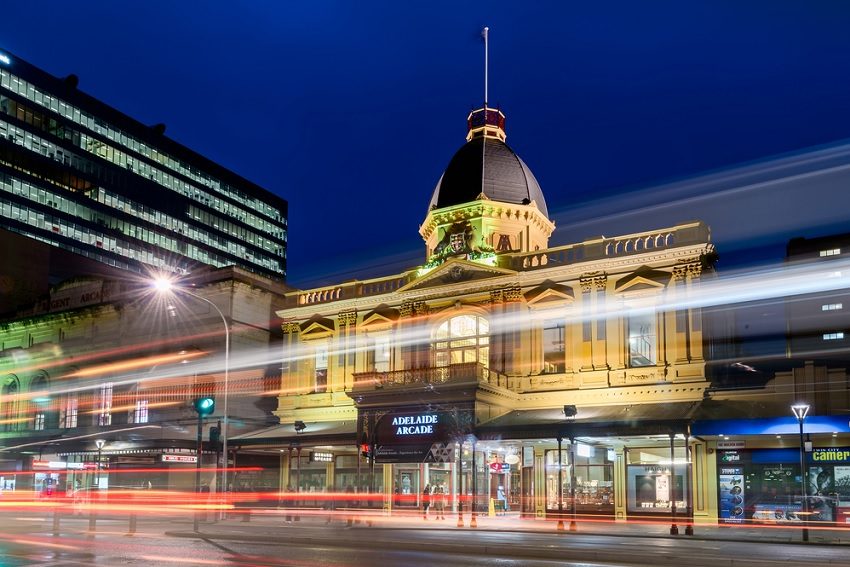Slings and Arrows: Return of the Car Ban Plan

A state government plan to limit cars from the east–west Grenfell and Currie Street run between Hindmarsh and Light Squares is slipping into higher gear behind the scenes.
The vision, which sees the choked roadway reduced to a public transport/pedestrians/cycle path city thoroughfare, has been fermenting for some years. Councillors have seen concept visuals, but those who wished to take away phone-snaps were disciplined.
Adelaide MP Rachel Sanderson had to formally call for a briefing last year – which said something about how much the government was sharing with the opposition. The concept ramped up several years ago with creation of priority bus lanes and prioritised traffic lights. It resulted in rush-hour morning and night traffic jostling with an endless choke of buses, which demanded right of way, created occasional gridlock – and lots of near-misses with cars and bikes. Council’s February 2017 papers revealed that the plan is now gathering pace: “explore the possibility of redeveloping Currie-Grenfell Streets as a public transport boulevard.”
This is code for ‘Minister now exerting pressure on council to share costs even though it was never a council idea and transport is not a local government responsibility.’ Another aspect is to improve O-Bahn access into and out of the city’s heart.
Blood pressure rising
The proposal would create a council budget meltdown and prompt concern among business ratepayers and freight transport drivers along the route. It also would go down particularly well (not) with eastern suburbs drivers seeking to commute due west through the city because it would double city traffic congestion along alternative routes – North Terrace or Pirie and Waymouth Streets.
Old is new, again
Like so many things in Adelaide, this concept originated years ago, although the improved O-Bahn access and cycle-path vision is more contemporary. 2012 reports described the bus hub idea as a “clearly identifiable public transport interchange in the heart of the city, which caters for over 90% of bus services…” Years earlier, in 2003, the then-Passenger Transport Board recommended that the then-Harris Scarfe U-Park carpark in Grenfell Street be closed and converted to a ‘transit mall’. Apparently cars leaving the carpark were getting in the way of buses.
Such a boulevard might end up a variant of Rundle Mall, albeit with public transport dominating, and pedestrians and bikes. Considering the uproar concept plans for the first one prompted decades ago, its announcement might prove to be an ideal future smokescreen to divert attention from some of the other hot-button issues plaguing the government as the 2018 election looms. A row about a proposed city bus‘n’bike boulevard just might create months of convenient, diversionary Adelaide sound and fury across radio talkback beaming into the marginal electorates.
Ash Whitefly is Executive Director of the Adelaide Whitefly Institute of Diplomatic Studies.